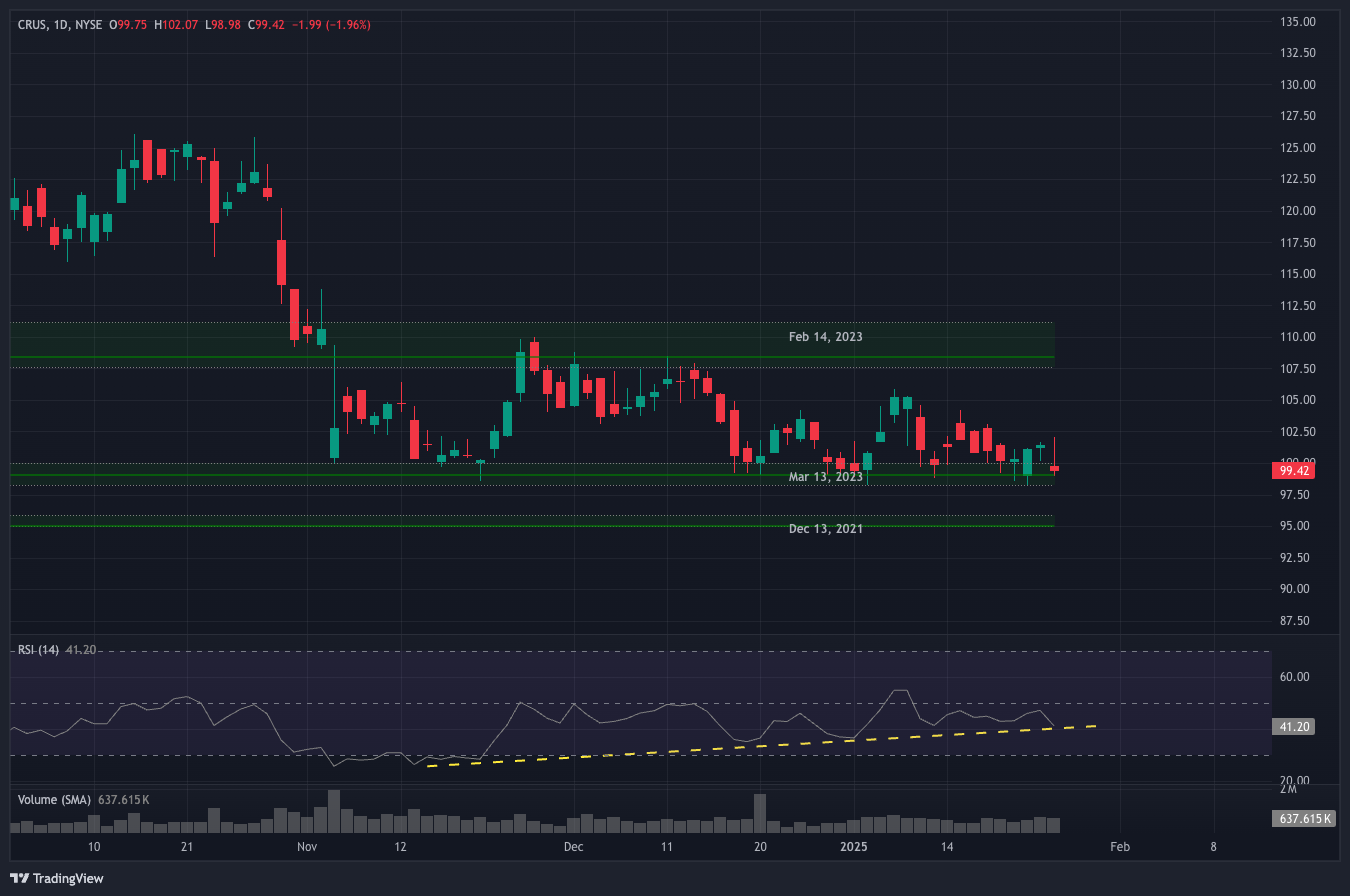DeepSeek vs DeepStonk (28 Jan 2025)
New hot zones to hopefully help you recover from yesterday's selloff
What a way to kick off earnings season, huh?
New tariff threats that could spark a trade war, a massive tech rout courtesy of DeepSeek, and a Fed meeting around the corner to mull over 47’s policies.
Just what the doctor ordered to make Mag7 price action look like memecoin action.
So as we’re all buckling down for the market’s ensuing fidgetiness, please… try to keep a level head.
And no matter how much you’re hating on DeepSeek right now…
To help with that, we’ve got a few new hot zone setups for you to consider.
What’s in this issue:
• Who we are
• This week’s three new hot zones
• What are zones?
But wait… who are you people and what am I doing here?”
Welcome to Trading Places.
We’re just a bunch of market nerds, quants, and posers who’ve stared at enough charts we dump our portfolios at the sight of a menorah.
After years of convincing ourselves that the lines and shapes we were plotting actually meant something, we finally figured it was time to upgrade our shtick a tiny bit.
So now, we get quant intelligence to do it for us.
We built an algorithm that’s deaf to the market’s siren songs. It cuts through the BS and pinpoints Zones of interest, i.e. places on the chart where actual money comes to dance.
Think of it as a Limitless pill for your stock, currency, and crypto plays—scanning the markets in real-time and determining where the action’s at.
This week’s hot zones!
Here’s what our zone scanner flagged today:
Financial Select Sector SPDR (XLF)
Financial • Exchange Traded Fund • USA • NYSE
Please welcome ETFs to our growing Trading Places stonkaverse.
After a couple of retests of its October 2024 support zone, XLF has bounced all the way back up to its November 2024 zone, where it’s looking to make another pass at an all-time high.
As of writing, XLF is looking strong at $51.52, just a few ticks shy of its $51.62 ATH.
If it manages to break through this level—factoring in the increasing possibility that interest rates stay flat for the time being—then this rollercoaster ride might not be heading down anytime soon.
But, should the zone hold—and given its current RSI, it could—then this could shape up to be a short opportunity with a highly favorable reward-risk ratio.
Exelixis Inc. (EXEL)
Healthcare • Biotechnology • USA • NASD
What you’re looking at is the makings of a potential 5:1 reward-risk zone play.
EXEL is currently parked on a support zone that has, for seven years, only been breached once.
Its RSI, though technically not what you’d call oversold, is in a range that has reliably seen bounces in the past.
Moreover, EXEL’s earnings—due to be released early February—are widely expected to deliver a positive surprise.
If a rebound plays out, the first target could be set at the November 2024 zone, for a not-too-insignificant 11+%.
Cirrus Logic, Inc. (CRUS)
Technology • Semiconductors • USA • NASD
So CRUS has been on a bit of a dry spell lately. No zone penetrations, top or bottom, since early November.
But that’s exactly what makes this setup interesting.
Right now, the stock is holding steady at its March 2023 zone. A level that has had A LOT of retests in the past couple of months
There’s also the matter of a bullish divergence forming on the RSI, brewing since the mid-November lows.
Should this potential bounce gain some traction, the February 2023 zone above could be a solid take-profit target, offering a decent 8-11% upside.
WTF are Zones, anyway?
Zones are key price levels where the market has reacted strongly in the past—such as sharp reversals or sudden swings.
They’re areas where actual supply and demand met in the past, and likely will meet again.
“Why are these significant?”
Well, it all comes down to three key principles. We like to call them The Principles of:
When I Dip, You Dip, We Dip (aka psychology)
Traders are aware that others are watching these levels (zones) too. With everybody paying attention, this creates a self-fulfilling prophecy where everybody acts in anticipation of everybody else’s actions.
Markets Gonna Market ¯\_(ツ)_/¯ (aka technical factors)
If the first price rejection at the top of a zone was violent, it’s likely that buyers who entered at that level are now holding losses.
But with each retest, the rejection weakens, as there are fewer buyers remaining underwater. This weakens that resistance (or support for all you short-sellers), and could eventually lead to a break through.
Killer Whales (aka institutional plays)
Big players need liquidity in order to place massive orders without moving the market against themselves. So they wait for these zones, knowing a lot of us small fry (retail traders) will come to play.
This allows them to buy low or sell high without causing a lot of waves.
But remember: Zones are NOT guarantees but rather regions of increased probability for market moves. So always, ALWAYS use proper risk management.
Trading Places: Launch coming soon!
Stop obsessively refreshing your charts like it’s your ex’s Instagram.
By combining historical patterns with real-time market data, Trading Places identifies zones and assigns probabilities to each one—helping traders spot potential plays with higher chances of success.
It automates all of the curation, chart-plotting, and alerting for you, so you can actually have a life (or at least pretend to)!
Stay tuned!
Disclaimer: This isn't financial advice. This shouldn’t be news to you.









